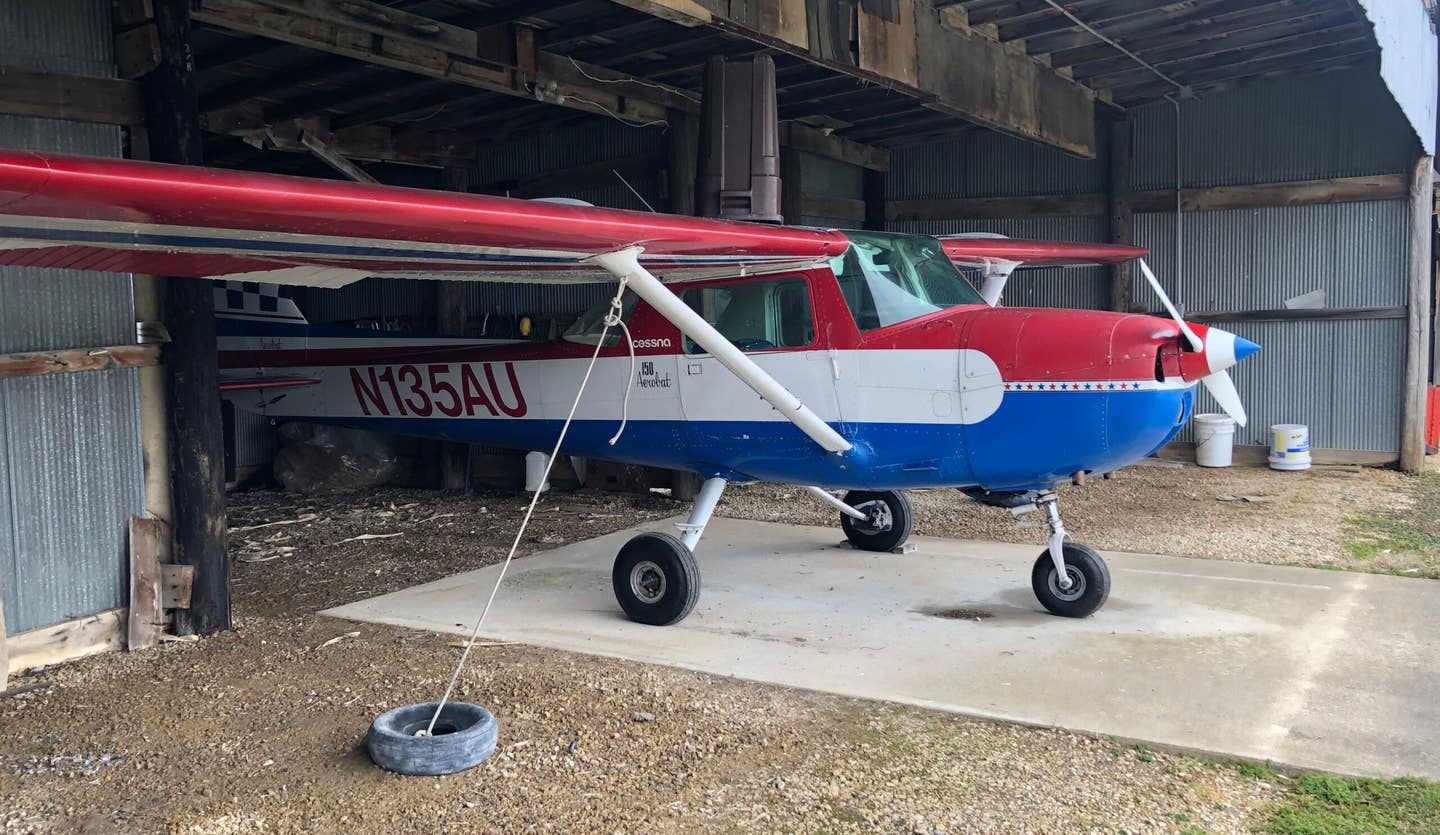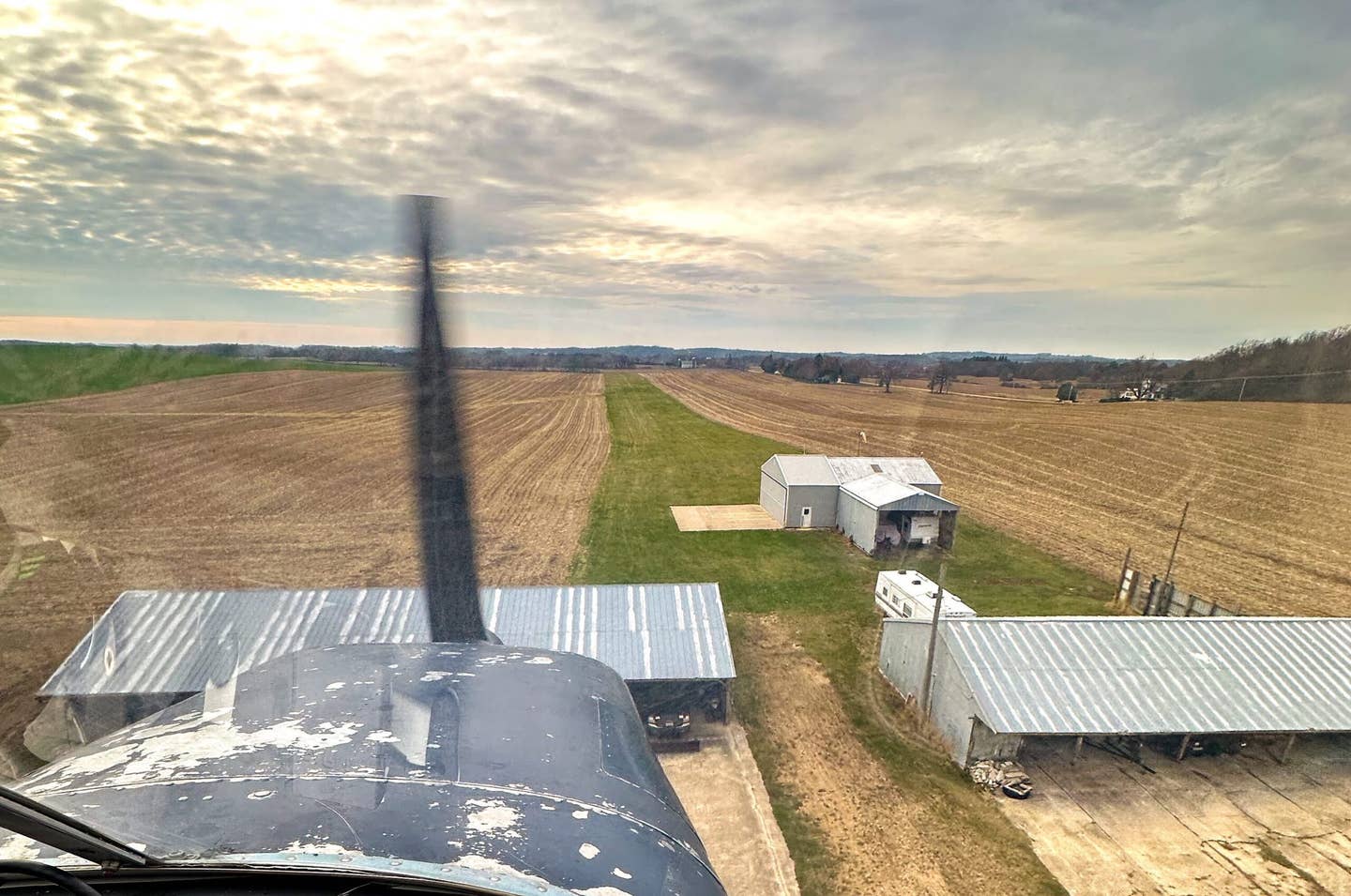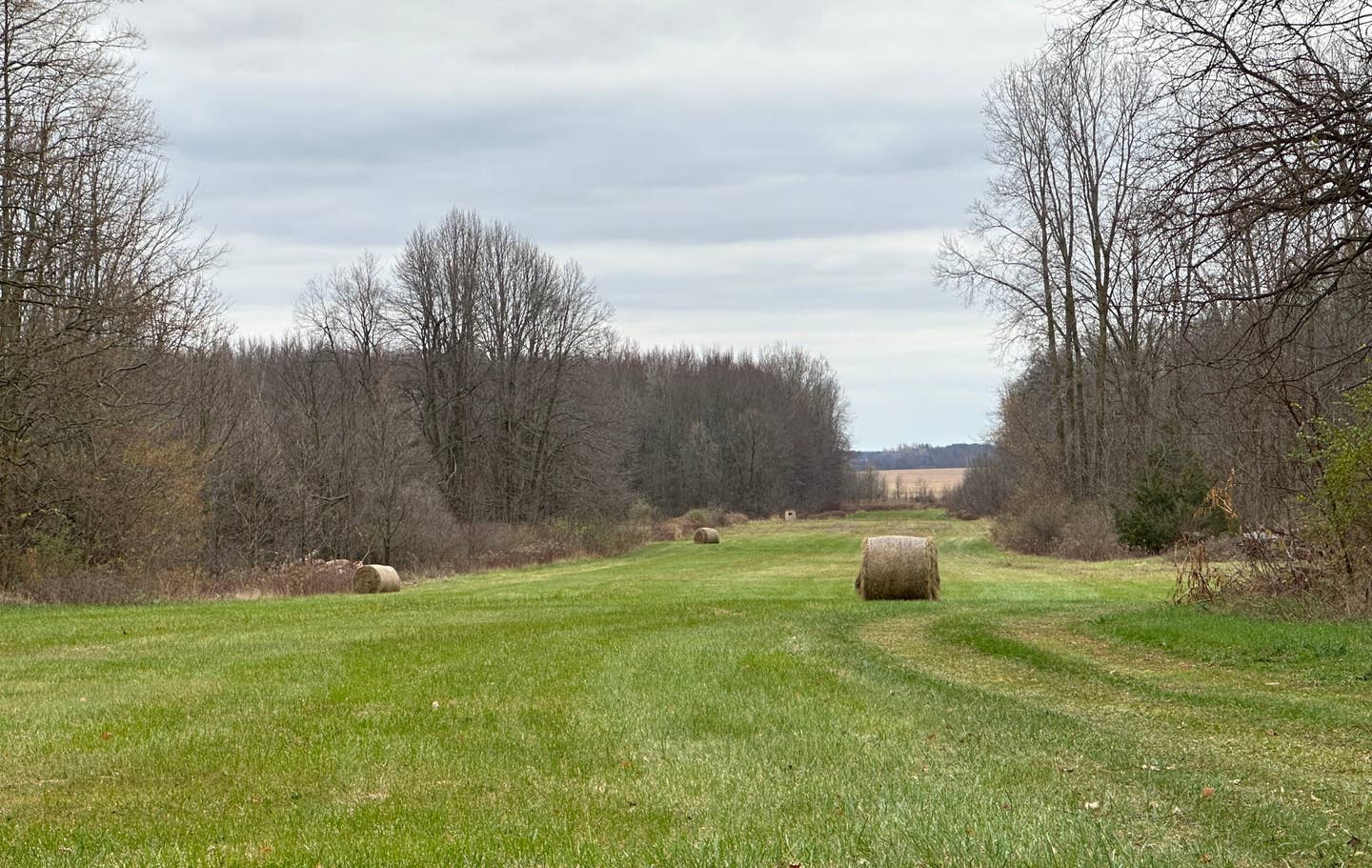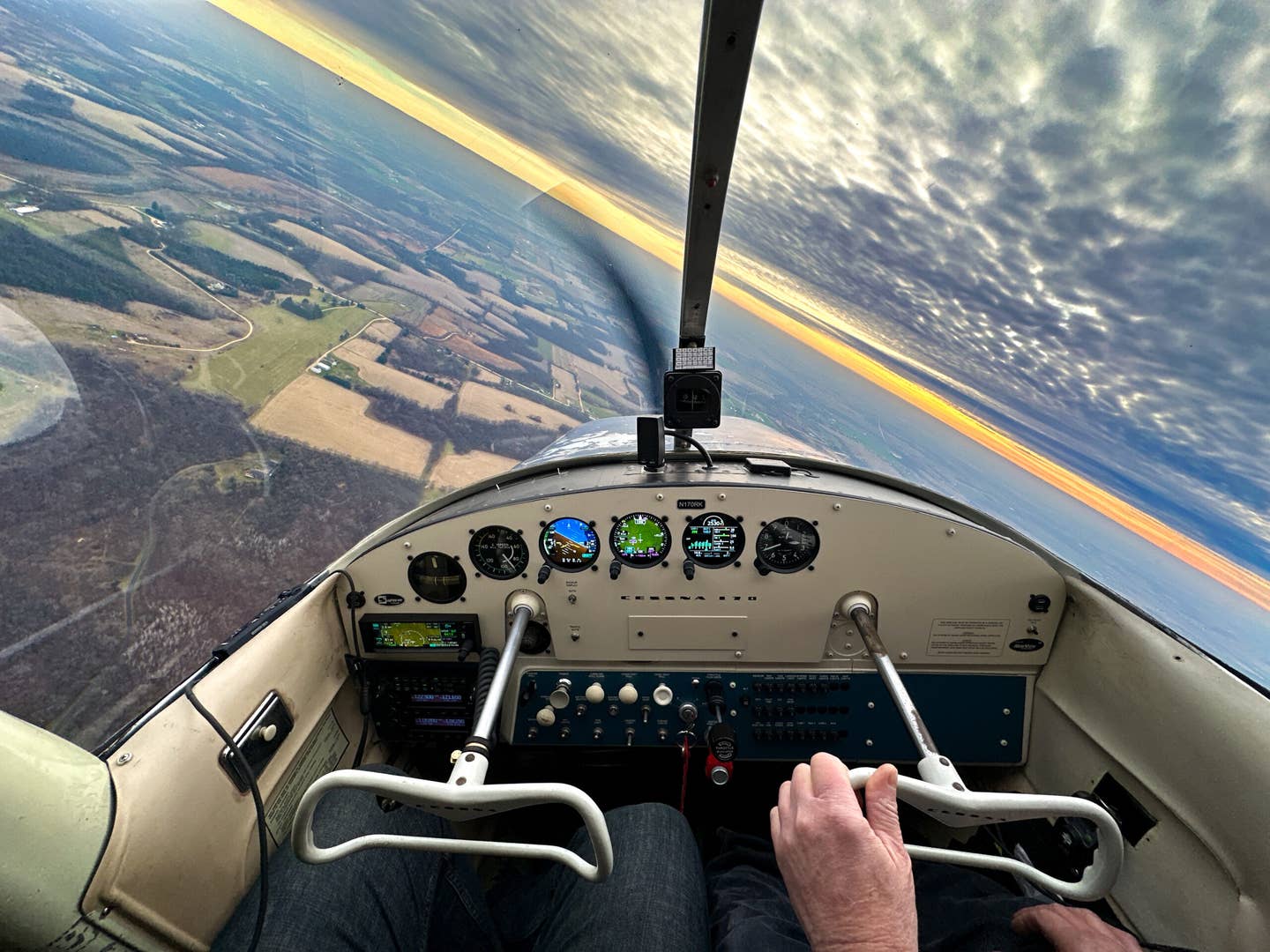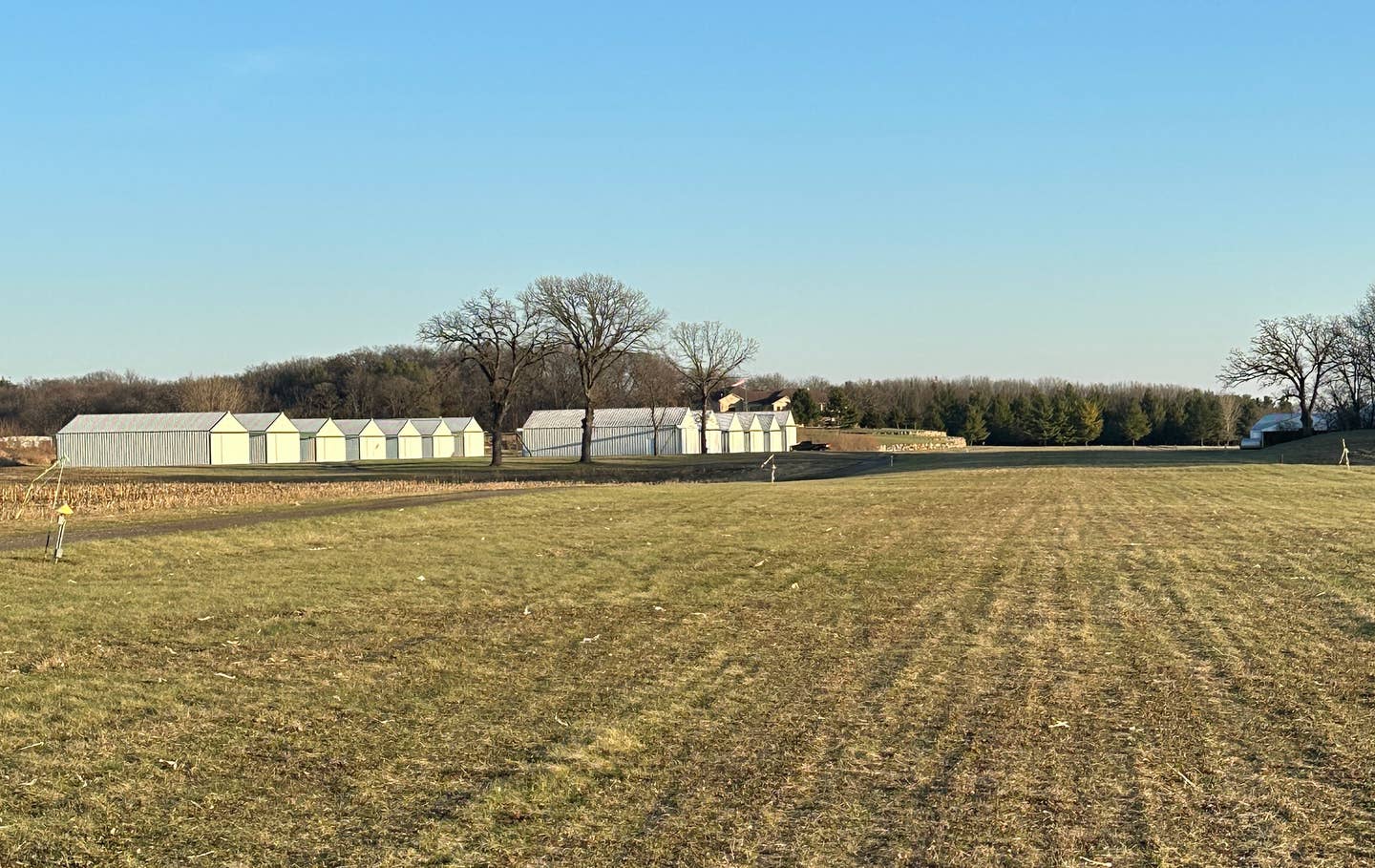Frustrated by a Seller’s Market? These Aircraft Might Be Your Solution
Some undervalued types are lurking among the other pricey classified ads.

When the light sport aircraft (LSA) category became a reality in 2004 (in the U.S.), one of the goals was to breathe new life into aviation by making it more affordable and, therefore, easier to access. [Credit: Jason McDowell]
In the movie Back to the Future, the antagonist named Biff saw an opportunity to make himself wildly rich. He took a sports almanac back to the year 1955 and gave it to his younger self, instructing him to refer to the book to make winning bets. The younger Biff did exactly that, and in doing so, became one of the wealthiest and most corrupt men in the country, turning the otherwise peaceful Hill Valley into a chaotic dystopia.
It’s difficult to argue with the success of the elder Biff’s strategy, but were I presented with a similar opportunity, I’d consider printing out screen captures of 2022’s used aircraft classifieds and delivering them to my 2019 self. With some creative money management, my pre-COVID self would be able to purchase Cessna 172s, Piper Super Cubs, and Beech yBonanzas for a fraction of their current values and then resell them now to make a tidy profit. It wouldn’t yield the return of Biff’s gambling, but it would also be less likely to result in a global dystopia, chaotic or otherwise.
The point is, it’s a seller’s market out there. One in which bright-eyed, bushy-tailed, first-time airplane buyers will likely become discouraged as they discover their favorite aircraft types are climbing ever further out of financial reach. One by one, they’ll fall in love with a newly discovered type only to discover that its skyrocketing value has rendered it financially unattainable.
Daunting as this experience may be, there are some undervalued aircraft types lurking among the classified ads. They may lack the prestige of more popular types, but presently, this seems to be balanced by values that have resisted the COVID-era spike seen with other types. Here, we have a brief look at three of the best values on the used market today.
Piper Colt
The Piper Colt is a stripped-down, less-expensive, and less-powerful version of the Tri-Pacer. It has only two seats compared with the Tri-Pacer’s four, and only 2,000 examples were built compared to 9,400 Tri-Pacers. For these reasons, the Colt is largely overshadowed and is easily overlooked.
It doesn’t help that the unique main landing gear fairings give the airplane a slightly ungainly look on the ground. In an era where fat-tired taildraggers capture so much of the attention, a small-tired tricycle gear plane has trouble competing. But to a shopper who is looking for a good value and great fun, the Colt checks a lot of boxes.
In our more in-depth review of the Colt, from the Approachable Aircraft series in FLYING's print edition, we found that few Colts are listed for much more than $30,000. Another look today does reveal a fully restored example for $55,000, but it also finds three others ranging from $20,000 to $26,000—markedly lower than most Cessna 150s and Piper Cherokee 140s.
Being a fabric-covered airplane, a buyer must consider the condition and age of the fabric. Full replacement is quite expensive, easily surpassing $20,000 before any other hidden airframe issues are discovered and addressed. For this reason, the buyer of a Colt with aging fabric would be wise to maintain a fabric fund similar to an engine fund that minimizes the financial impact of full replacement.
Otherwise, Colt ownership is straightforward, with plentiful and easily sourced parts. Qualified maintenance is also easy to find, and the Lycoming O-235’s massive 2,400 hour TBO provides plenty of flying between overhauls. Insurance premiums are similarly easy to stomach, especially with tricycle gear and only two seats in the equation.
Finally, the Colt is fun to fly. With a useful load of about 700 pounds, two average-sized humans can go flying and with a 36-gallon fuel capacity, it’s easy to leave some fuel behind for some additional climb performance. For those searching for a less-obvious choice as their first airplane, the Colt is a real contender.
Stinson 108
If it’s a four-place taildragger with solid off-airport capability you seek, reasonably priced options are becoming fewer and fewer. Gone are the days when decent Cessna 170s could be purchased for less than $40,000, and 180s/185s have become more expensive than many homes for sale in the Midwest. It’s ugly out there.
Buyers, therefore, have to get creative. Bring up the Stinson 108 series to your local group of airport bums, and you’ll likely be met with fourth- or fifth-hand horror stories involving Franklin engines with which many are equipped. Rarely do the naysayers have direct experience owning a Franklin-equipped engine, however, and most actual owners report a generally positive ownership experience.
Franklin engines do indeed require mechanics with legitimate experience in type. And owners are wise to learn their nuances and attend some educational seminars. But in exchange for these efforts, a Franklin-equipped airplane will provide great performance at a much lower price point than the competition.
It’s laughably easy to source parts for the Stinson. Virtually every airframe part is stocked and sold by Univair, and with more than 5,000 examples produced, used parts are also plentiful. Like the Colt, the fabric condition must be considered, but overall, airframe maintenance is very straightforward.
Most 108s provide a useful load of about 900 to 1,000 pounds and cruise speeds in the 110 to 120 mph range. Flight characteristics are fantastic, and the unique slotted wing maintains airflow and thus, aileron authority all the way into a stall. The landing gear design is outstanding, as it utilizes low-maintenance oil-damped spring shocks to soak up even the firmest landings with virtually no tendency to bounce.
The best part? Perhaps because the Franklin engine (undeservedly) scares many away, values have not taken the trajectory of other four-place taildraggers. Our April 2021 article on the 108 calculated a median price of $30,000 among examples listed at that time, and values appear to have remained largely unchanged over the past year.
Ercoupe
The combination of economical operation, docile flight characteristics, and retro style seem like a surefire recipe for a great small plane, and to this end, the Ercoupe doesn’t disappoint. First produced prior to World War II and primarily produced afterward, over 5,000 examples were built by a variety of manufacturers into the late 1960s.
Resembling an animated Pixar version of the Lockheed Constellation, the Ercoupe oozes with style and personality. In an ocean of Cessnas and Pipers, the jaunty two-place runabout transports you to deco-era vehicle design, where Bakelite and chrome accent streamlined metal.
The Ercoupe’s originality wasn’t limited to style. A number of technical innovations made it one of the most advanced aircraft of the era from a safety standpoint, with features other manufacturers would take decades to incorporate…if they incorporated them at all.
Chief among these safety enhancements was an interconnect between the rudders and ailerons. Lacking rudder pedals entirely, original Ercoupes had only a single brake pedal on the floor; all steering on the ground and in the air was accomplished via the yoke. This, and the CAA’s certification that the airplane is incapable of spinning enabled the airplane to be marketed as “spin proof.”
Equipped with small Continental engines, Ercoupes are thrifty if not swift. Even with the more powerful versions, fuel burns hover around five gallons per hour. Last summer’s in-depth review of the type found a similarly affordable acquisition cost, with a median price of only $22,250.
The primary strength of the Ercoupe, however, isn't about numbers or stats. It’s about fun. Gamboling about the countryside at 1,000 feet with the canopy opened up, immersed in the scent of freshly cut hayfields is what Ercoupe life is all about, and few other types provide this experience for such an economical price.
With a bit of homework and an open mind, any of these types can provide an owner with a great ownership experience. Their demands aren’t much different from those among more popular types, and in exchange, they serve as a unique slice of aviation history that is sure to draw admiration and conversation on any ramp. Best of all, no time travel is necessary to nab one for a reasonable price.

Sign-up for newsletters & special offers!
Get the latest FLYING stories & special offers delivered directly to your inbox


